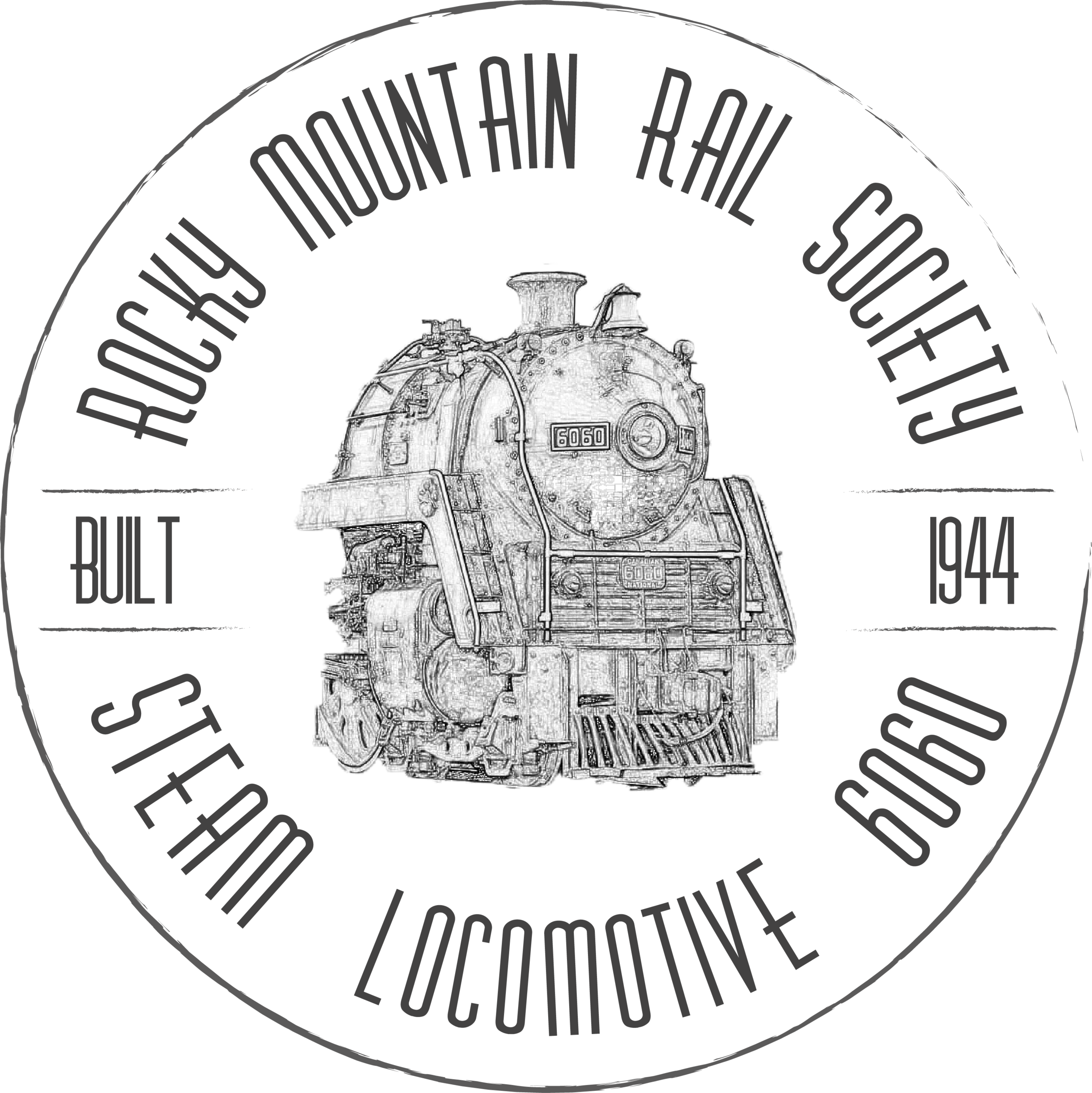How did the 6060 Locomotive travel
From
Ontario to Alberta?
How did the 6060 locomotive travel from Ontario to Alberta? This article tells the story to fans and followers of the locomotive.
Back in the early 1960s, engineer, Harry Home fell in love with the engine and became part of a group who came together to save 6060 from the scraper’s torch. He brought it to Jasper where it was placed on display next to the CNR station. In the 1970s, Harry worked maintaining the 6060 and after it was rebuilt and returned to service in eastern Canada. He trained crews on the firing techniques of oil-fired steam locomotives.
Oil-fired steam locomotives were only found in Western Canada; all steam locomotives in the East were coal-fired. Harry travelled from Jasper to Toronto for several summer seasons to train crews and take in some of the last runs from Toronto to Niagara Falls.
On the last return run from Niagara Falls, Harry was the fireman and the engineer and road foreman was Bruce Carney. The track was among some of the best in Canada and Harry told the story that Bruce really let 6060 stretch her legs!
The 6060’s tenure as steam locomotive star in Ontario was coming to a close. Canadian National Railway was making changes. There were rumors that 6060 would be headed for Stratford, Ontario.
Stratford was the location of the Big Shops of the CNR where steam locomotives were rebuilt and repaired during the age of steam. The shops dated back to the Grand Trunk Railway era (1852 to 1923 taken over by Canadian National Railway). I recall my grandfather always speaking with great respect about locomotive work completed at Stratford.
This plan to move to Stratford was not to be.
1980 was the 75th year of Alberta joining Canada. Tales have it that Harry put the bug in someone’s ear and a request was issued by the Government of Alberta to have the 6060 locomotive returned to the Province.
There was some urgency to move the locomotive back to Alberta. 6060 operated under live steam in a freight train.
Careful use of a light throttle was required by the steam locomotive engineer. It allows for moderate use of water (to make steam) and oil (fuel for the boiler). This did not avoid the requirement to fill with water and fuel along the way. It did allow Harry to stretch the distances between water and fuel stops.
This was quite a job for one man, as Harry was serving as both the engineer and the fireman. He also had to perform maintenance along the way, including greasing the rods, checking the axle journal oil levels and managing oil lubricators operated by the locomotive running gear (side rods).
Harry shared how thankful he was of fellow railroaders helping out along the way. He told how he slept in the cab during the five-day journey, using a new journal pack (normally soaked in oil) as a pillow. He had been given this (and a lengthy list of spare parts) by the Spadina round house (former CN maintenance building) in Toronto prior to his departure.
Harry said he was the happy recipient of this treasure after he followed a Senior member of the Spadina shop staff into a downstairs hiding spot where a significant supply of steam era railway parts still resided.
An arrangement was made for many parts to be transferred to a boxcar that found its way to Alberta. Today Rocky Mountain Rail Society is in possession of many of these items in the Society tool car.
During the afternoon of the fifth day of the journey, 6060 was taken to Duagh (north of Edmonton) and the site of the Alberta Railway Museum. A few days later, a ceremony took place.
Representatives from Canadian National Railway presented Steam Locomotive #6060 to the People of Alberta. Accepting the locomotive was Mrs. Jeanne Lougheed, the wife of former Premier Peter Lougheed.
Following the ceremony, arrangements were made to have 6060 pull the Jubilee Express train tour. See Jubilee Express story on the website.
Story told by Harry Home to Don Totten, mechanical committee, Rocky Mountain Rail Society
If you would like to help us get the 6060 Locomotive operating again, please visit our
